Paper: Knitted RESi: A Highly Flexible, Force-Sensitive Knitted Textile Based on Resistive Yarns [SIGGRAPH ’20] [UIST ’18]
Video:
Paper: Knitted RESi: A Highly Flexible, Force-Sensitive Knitted Textile Based on Resistive Yarns [SIGGRAPH ’20] [UIST ’18]
Video:
Topic: ZoomTouch:Multi-User Remote Robot Control in Zoom by DNN-based Gesture Recognition
Report: Link
Author: Skolkovo Institute of Science and Technology (Skoltech)
Reference: Link
Abstract:
We present ZoomTouch – a breakthrough technology for multi-user control of robot from Zoom in real-time by DNN-based gesture recognition. The users from digital world can have a video con- ferencing and manipulate the robot to make the dexterous manip- ulations with tangible objects. As the scenario, we proposed the remote COVID-19 test Laboratory to considerably reduce the time to receive the data and substitute medical assistant working in pro- tective gear in close proximity with infected cells. The proposed technology suggests a new type of reality, where multi-users can jointly interact with remote object, e.g. make a new building design, joint cooking in robotic kitchen, etc, and discuss/modify the results at the same time.

Report: Link
Topic: SlideFusion: Surrogacy Wheelchair with Implicit Eyegaze Modality Sharing
Author: Ryoichi Ando et al.
Reference: SlideFusion | ACM SIGGRAPH 2020 Emerging Technologies
Abstract:
For mobility-impaired people, the wheelchair is considered as a main navigation and accessibility device. However, due to the inherited design of the chair, the user is restricted to utilize his hand all the time during navigation resulting in a dual impairment. Our proposed system, SlideFusion, expands on previous work of collaborative and assistive technologies for accessibility scenarios. SlideFusion is focused on the remote collaboration of the mobility impaired person, that an operator can remotely access an avatar embedded into the wheelchair. To reduce the physical and cognitive overload on the wheelchair user, we propose the use of eye gaze modality sharing with the remote operator. The eye gaze modality enables implicit interactions that do not require the user to point or verbally say, thus leveraging indirect communication. By using this, not only accessibility can be provided to wheelchair users and their caregivers, but also hearing impairments and pronunciation disorders are applicable.
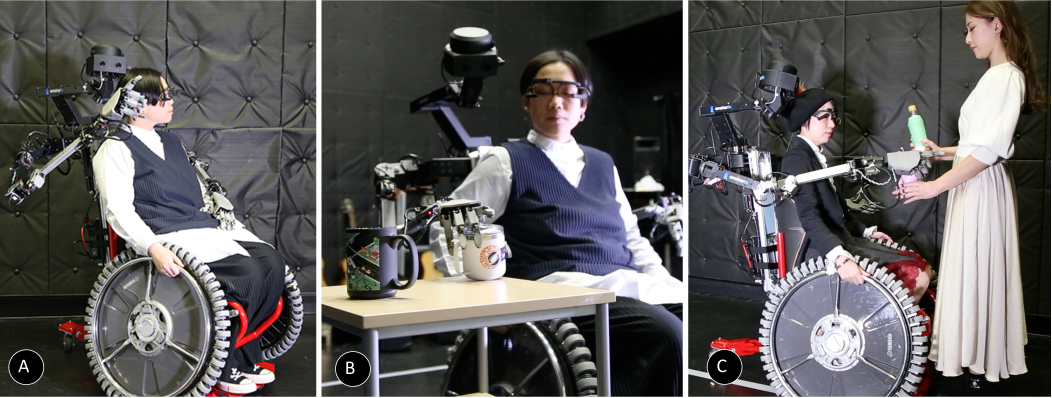
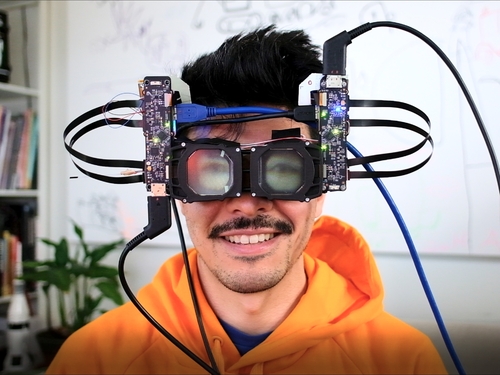
Topic: Reverse Pass-through VR (ACM SIGGRAPH – Emerging Technology)
PPT: 2021.10.19 ACM SIGGRAPH – Emerging Technology
Author: Nathan MatsudaFacebook Reality Labs
Abstract: We introduce reverse pass-through VR, wherein a three-dimensional view of the wearer’s eyes is presented to multiple outside viewers in a perspective-correct manner, with a prototype headset containing a world-facing light field display. This approach, in conjunction with existing video (forward) pass-through technology, enables more seamless interactions between people with and without headsets in social or professional contexts. Reverse pass-through VR ties together research in social telepresence and copresence, autostereoscopic displays, and facial capture to enable natural eye contact and other important non-verbal cues in a wider range of interaction scenarios.
Keywords: reverse pass-through, light field displays, virtual reality
Link:
https://s2021.siggraph.org/presentation/?id=gensub_158&sess=sess203
https://dl.acm.org/doi/fullHtml/10.1145/3450550.3465338#BibPLXBIB0003
Topic: Demonstrating Touch&Fold= A Foldable Haptic Actuator for Rendering Touch in Mixed Reality [Paper][PDF][PPT]
Author: Shan-Yuan Teng
Abstract: We propose a nail-mounted foldable haptic device that provides tactile feedback to mixed reality (MR) environments by pressing against the user’s fingerpad when a user touches a virtual object. What is novel in our device is that it quickly tucks away when the user interacts with real-world objects. Its design allows it to fold back on top of the user’s nail when not in use, keeping the user’s fingerpad free to, for instance, manipulate handheld tools and other objects while in MR. To achieve this, we engineered a wireless and self-contained haptic device, which measures 24×24×41 mm and weighs 9.5 g. Furthermore, our foldable end-effector also features a linear resonant actuator, allowing it to render not only touch contacts (i.e., pressure) but also textures (i.e., vibrations). We demonstrate how our device renders contacts with MR surfaces, buttons, low- and high-frequency textures.
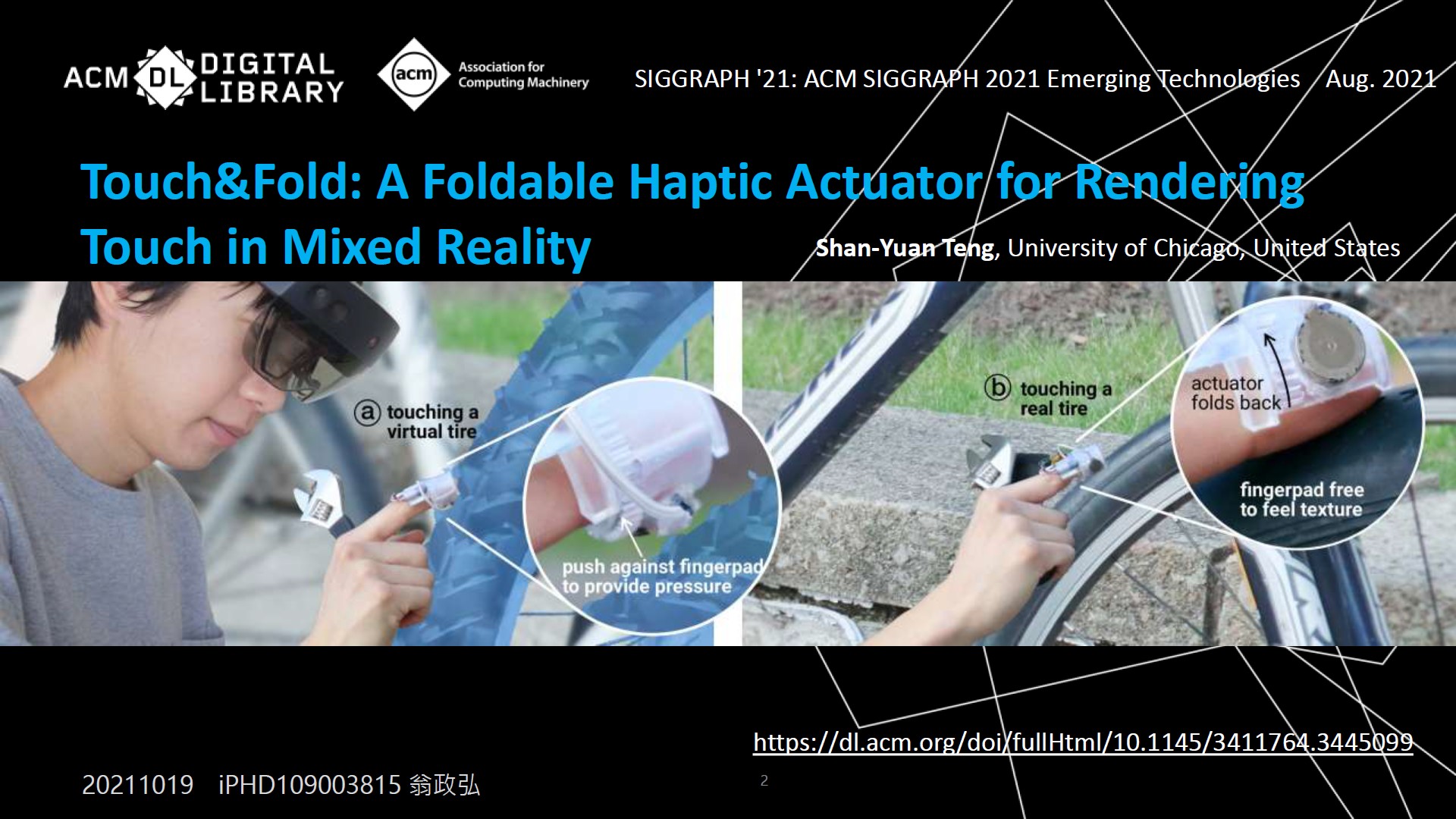
Demonstrating MagnetIO: Passive Yet Interactive Soft Haptic Patches Anywhere – ACM SIGGRAPH 2021, Emerging Technologies

Authors – Alex Mazursky, Shan-Yuan Teng, Romain Nith, and Pedro Lopes (all from University of Chicago, US)
Key words – Human computer interaction, Passive actuator, Ubiquitous haptics
Interest Areas – Gaming & Interactive(AR), Research & Education
Abstract – MagnetIO is a new type of haptic actuator comprised of two parts: one battery-powered voice coil worn on the user’s fingernail and any number of interactive soft patches that can be attached to any surface (everyday objects, user’s body, appliances, etc.).When the user’s finger wearing the voice-coil contacts any of the interactive patches it detects its magnetic signature via magnetometer and vibrates the patch, adding haptic feedback to otherwise input-only interactions. To allow these passive patches to vibrate, we make them from silicone with regions doped with polarized neodymium powder, resulting in soft and stretchable magnets. This stretchable form-factor allows them to be wrapped to the user’s body or everyday objects of various shapes.
Topic: One Shot 3D Photography ppt
Author: Johannes Kopf, et al.
Abstract: 3D photography is a new medium that allows viewers to more fully experience a captured moment. In this work, we refer to a 3D photo as one that displays parallax induced by moving the viewpoint (as opposed to a stereo pair with a fixed viewpoint). 3D photos are static in time, like traditional photos, but are displayed with interactive parallax on mobile or desktop screens, as well as on Virtual Reality devices, where viewing it also includes stereo. We present an end-to-end system for creating and viewing 3D photos, and the algorithmic and design choices therein. Our 3D photos are captured in a single shot and processed directly on a mobile device. The method starts by estimating depth from the 2D input image using a new monocular depth estimation network that is optimized for mobile devices. It performs competitively to the state-of-the-art, but has lower latency and peak memory consumption and uses an order of magnitude fewer parameters. The resulting depth is lifted to a layered depth image, and new geometry is synthesized in parallax regions. We synthesize color texture and structures in the parallax regions as well, using an inpainting network, also optimized for mobile devices, on the LDI directly. Finally, we convert the result into a mesh-based representation that can be efficiently transmitted and rendered even on low-end devices and over poor network connections. Altogether, the processing takes just a few seconds on a mobile device, and the result can be instantly viewed and shared. We perform extensive quantitative evaluation to validate our system and compare its new components against the current state-of-the-art.
Link:
https://arxiv.org/abs/2008.12298
https://s2020.siggraph.org/smile-photos-converted-into-3d-from-any-mobile-device/
ARTWORK:
Mind – Shinseungback Kimyonghun ( ARS ELECTRONICA 2020)

2020 Interactive art+
Title:
“Google Maps Hacks” by Simon Weckert
Report:
Abstract:
由於 Google Maps推估路段上的車流狀況,其中一種方式就是透過計算同一路段下,同時間有多少隻手機使用該程式。
藝術家於一台小拖車中放置了 99 支有著個別SIM卡的二手智慧型手機並開啟Google Maps,
並拉動這一台小拖車於街上行走,就在約一小時的時間後於 Google Maps 上造成了 「虛擬塞車」的情形。
而塞車會導致Google Maps參照其路況,進而改變導航路徑,影響其他行經此路的用路人。
Keywords:權力、虛擬、真實
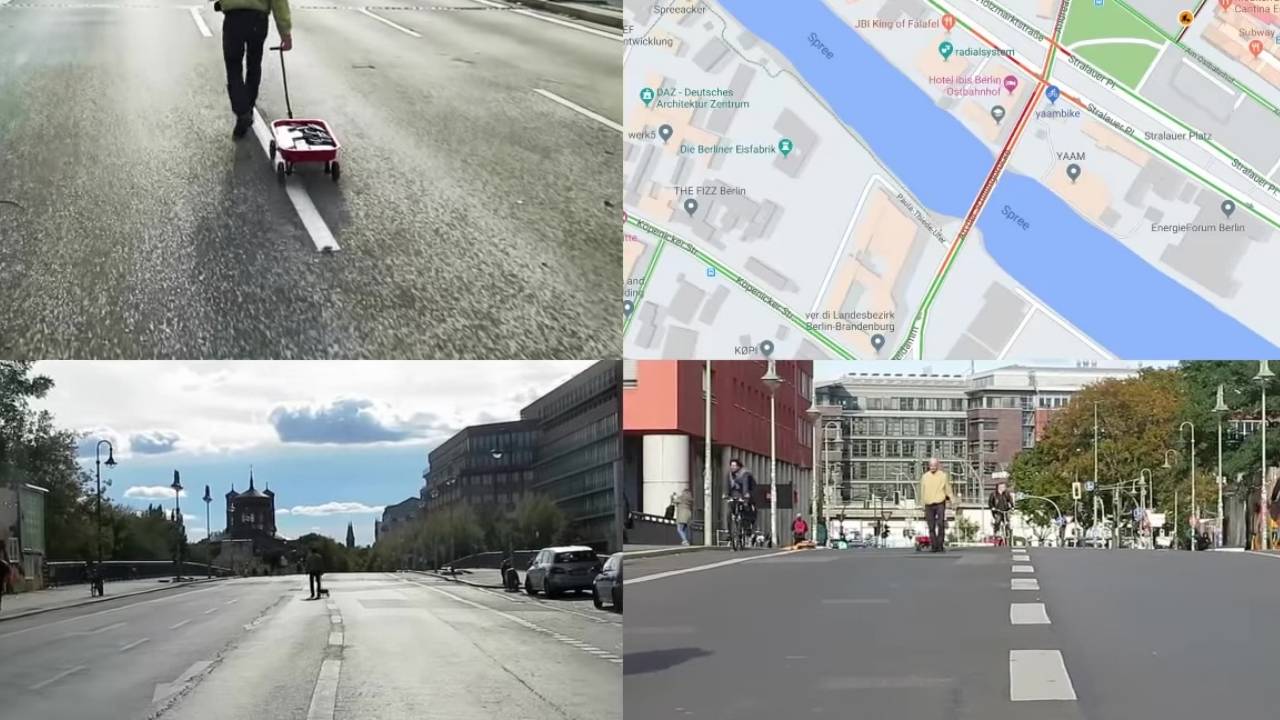
Report: Link
Topic: Exploring the structure of a real-time, arbitrary neural artistic stylization network
Author: Golnaz Ghiasi et al.
Reference: https://arxiv.org/abs/1705.06830
Abstract:
In this paper, we present a method which combines the flexibility of the neural algorithm of artistic style with the speed of fast style transfer networks to allow real-time stylization using any content/style image pair. We build upon recent work leveraging conditional instance normalization for multi-style transfer networks by learning to predict the conditional instance normalization parameters directly from a style image. The model is successfully trained on a corpus of roughly 80,000 paintings and is able to generalize to paintings previously unobserved. We demonstrate that the learned embedding space is smooth and contains a rich structure and organizes semantic information associated with paintings in an entirely unsupervised manner.

Compression Cradle by Lucy McRae – Ars Electronica 2020, Interactive+, Honorary Mentions

Key words – Touch, empathy, human condition
Theme/issue – “A Crisis of touch”
Summary – Compression Cradle is a machine that affectionately squeezes the body with a sequence of aerated volumes that hold you tight – in an attempt to prepare the self for a future that assumes a lack of human touch. It is an ongoing research project investigating the human losses and gains of touch. The project’s aim is to gather data at future exhibitions to form the premise for a new work and symposium that discuss research and new points of view on the future of touch, empathy, and the human condition. With a set of deeply ingrained beliefs and ethics, all of Lucy McRae’s projects, including the Compression Cradle, are committed to a single objective: the preservation of humanity.
2021.06.15 周巧其報告
Title:科技藝術的天才與窺探
PPT:
https://drive.google.com/file/d/12yCI5q_DdzSuAUrKttELqwyiW3sGaMCY/view?usp=sharing
Artwork:
Ars Electronica 2019
“Seer”-Takayuki Todo (JP)
Ars Electronica PRIX2021
“PL’AI”-Špela Petrič (SI)
Ars Electronica PRIX2021
“Cloud Studies”-Forensic Architecture (INT)
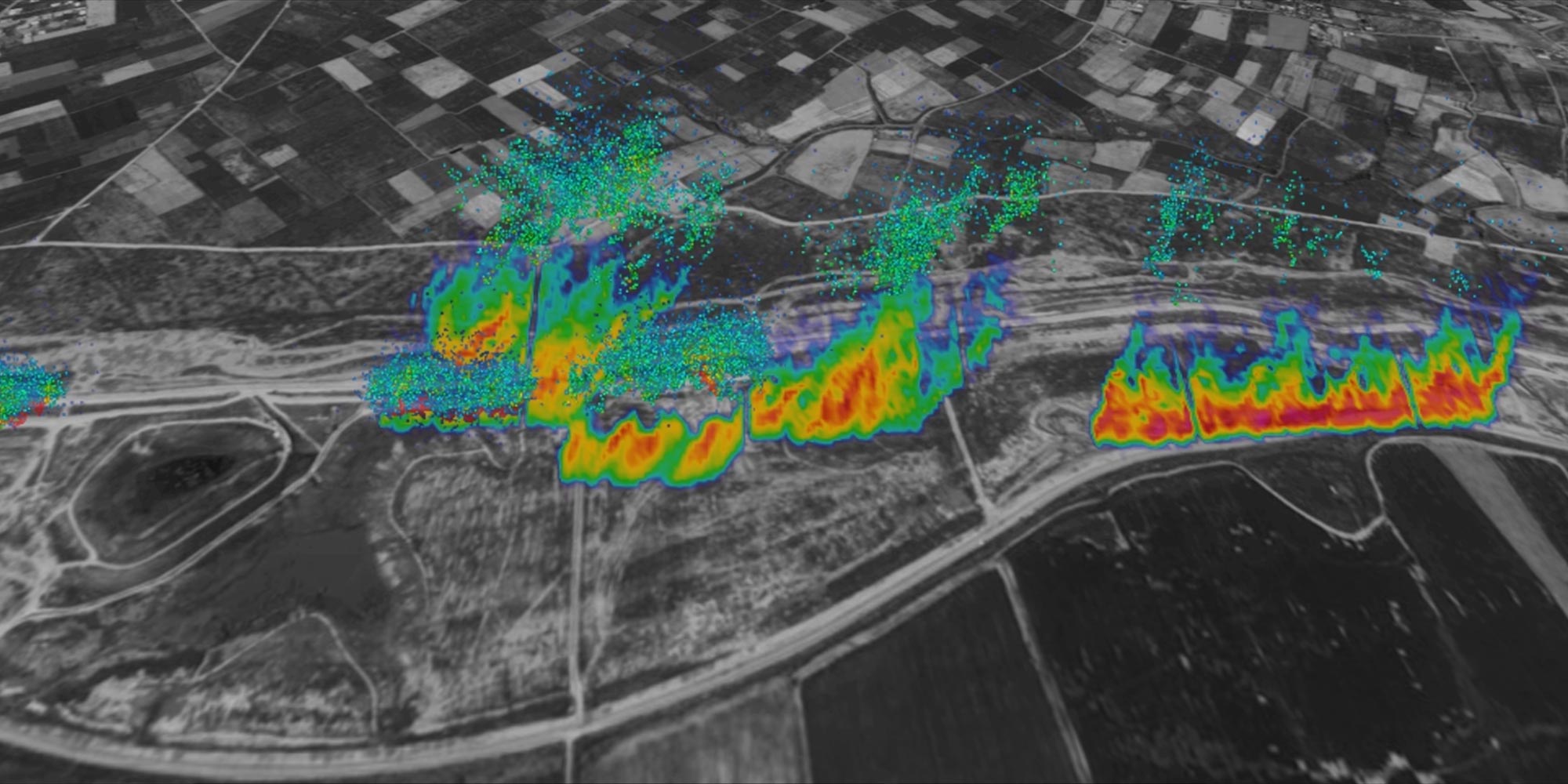
2021.05.18 周巧其報告
Title:科技藝術的當代借鏡
PPT:
https://drive.google.com/file/d/1ruNDkx_r0nKJfS4WXedBtrLqVvedEaMr/view?usp=sharing
Artwork:
Ars Electronica PRIX2020 Goldene Nica
“Be Water by Hong Kongers”
Ars Electronica PRIX2020
“Shadow Stalker”-Lynn Hershman Leeson
Ars Electronica 2019
“Biosignal_Cybernation”-Chiao-Chi Chou, You-Yang Hu
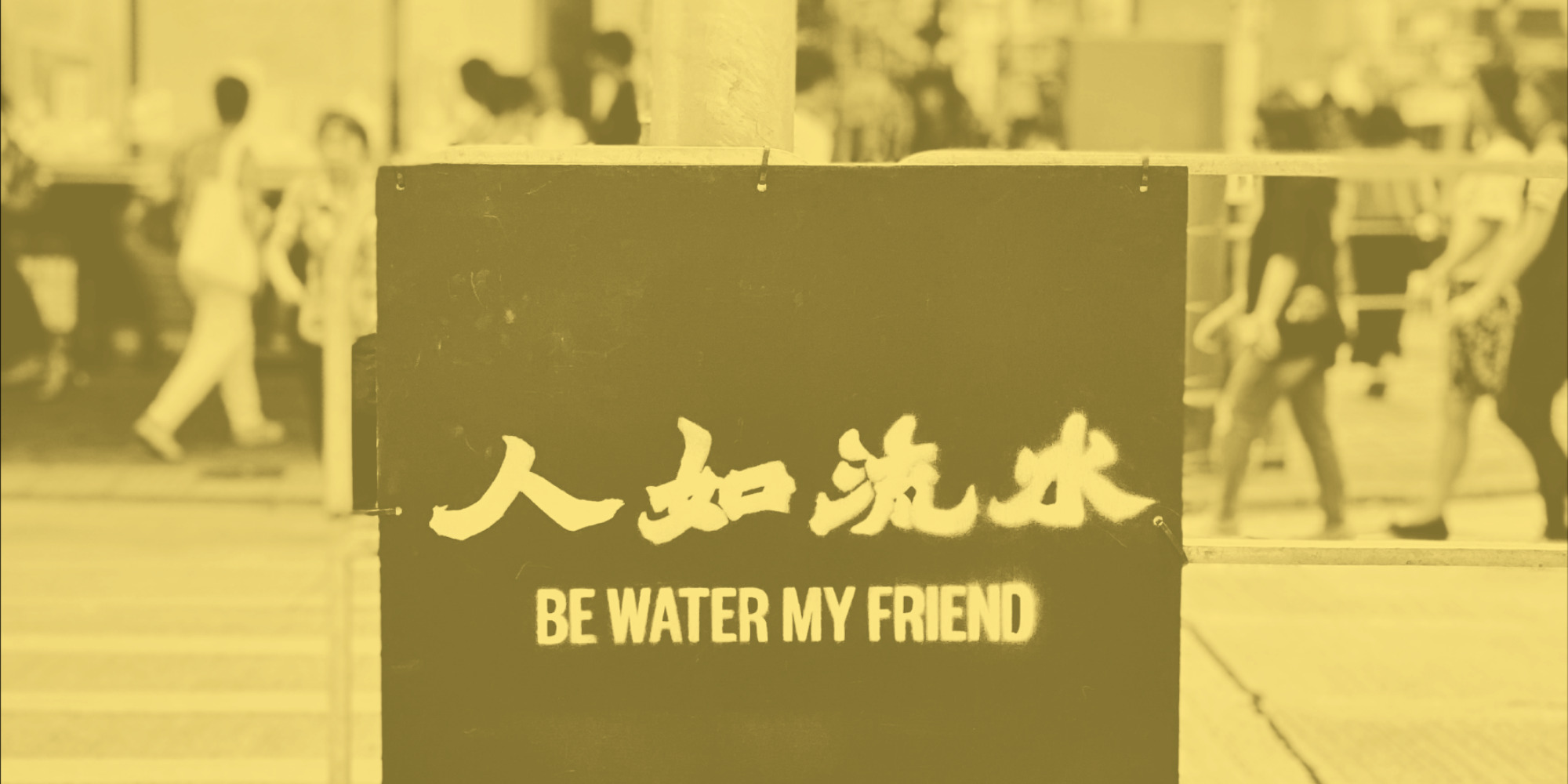
2021.04.20 周巧其報告
Title:科技藝術的信仰關鍵詞
PPT:
https://drive.google.com/file/d/1S4sV3ZdH2_bv_PLF753nnRitMPW5j0-f/view?usp=sharing
Artwork:
Ars Electronica1999 “Genesis”-Eduardo Kac
Ars Electronica PRIX2019 “REVERENT: MIRACLES ON DEMAND”-Adam Brown
Ars Electronica PRIX2020 “Appropriate Response”-
Mario Klingemann
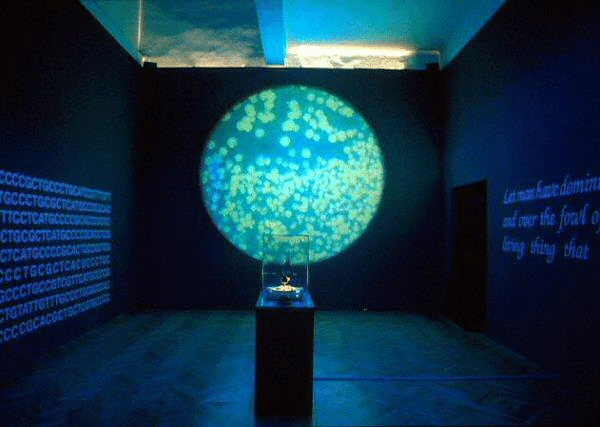
Topic: Image-Editing-using-GAN
Link: 20210615_GAN_Report_new
Theme: Art and Technology
Author: SIGGRAPH 2021 GAN Topic
Abstract: Image-Editing-using-GAN is to implement an image editing application to edit images to have a desired attribute using Generative Adversarial Networks. I will introduce this topic which issued in SIGGRAPH 2021.